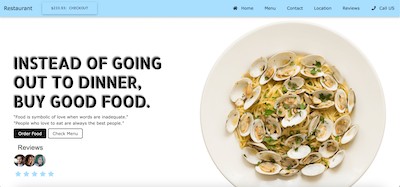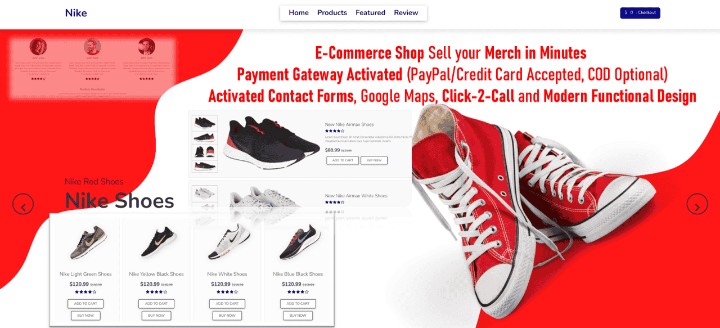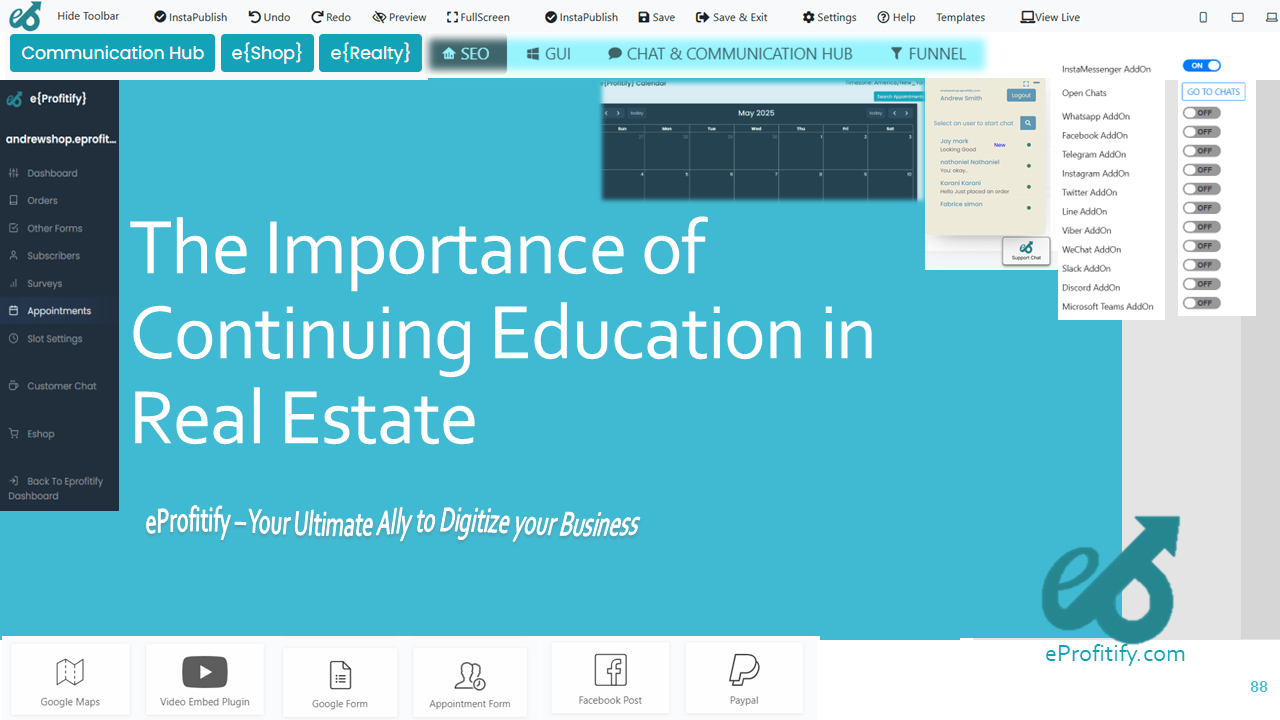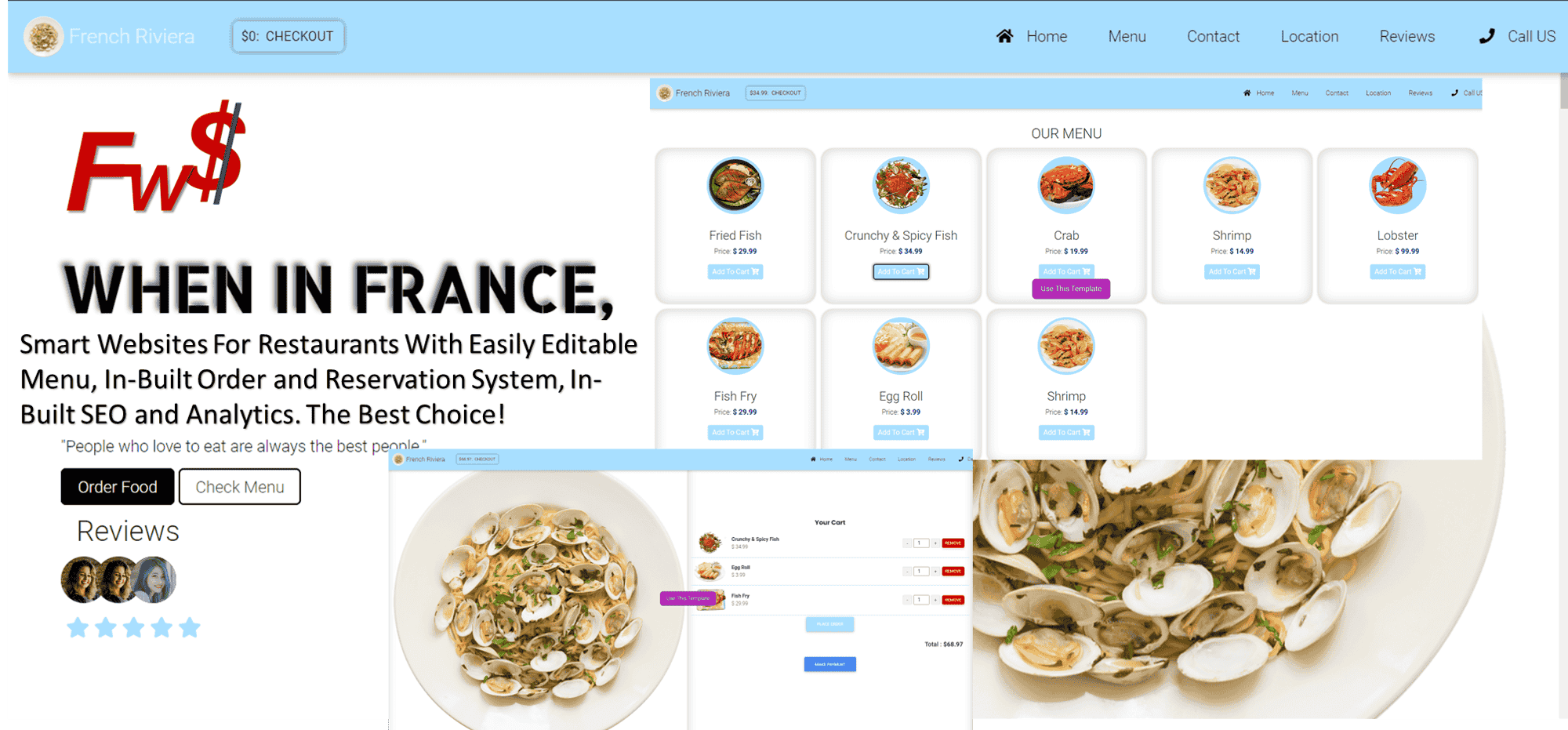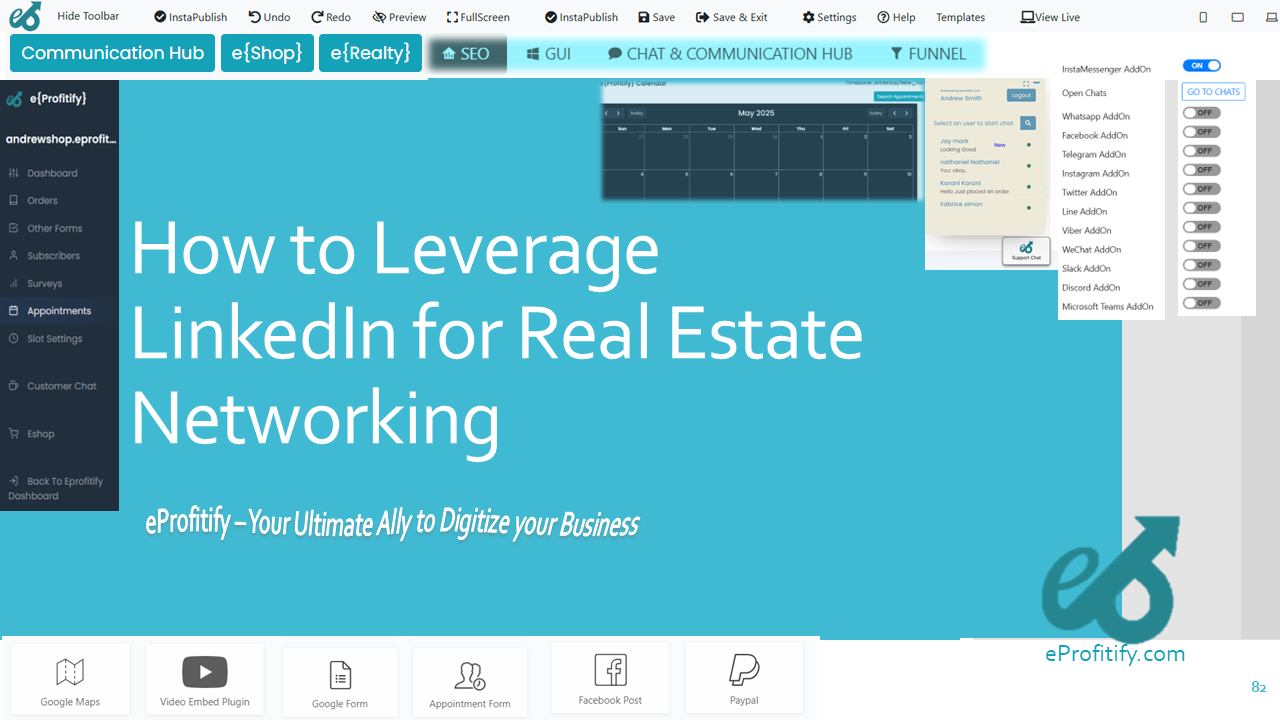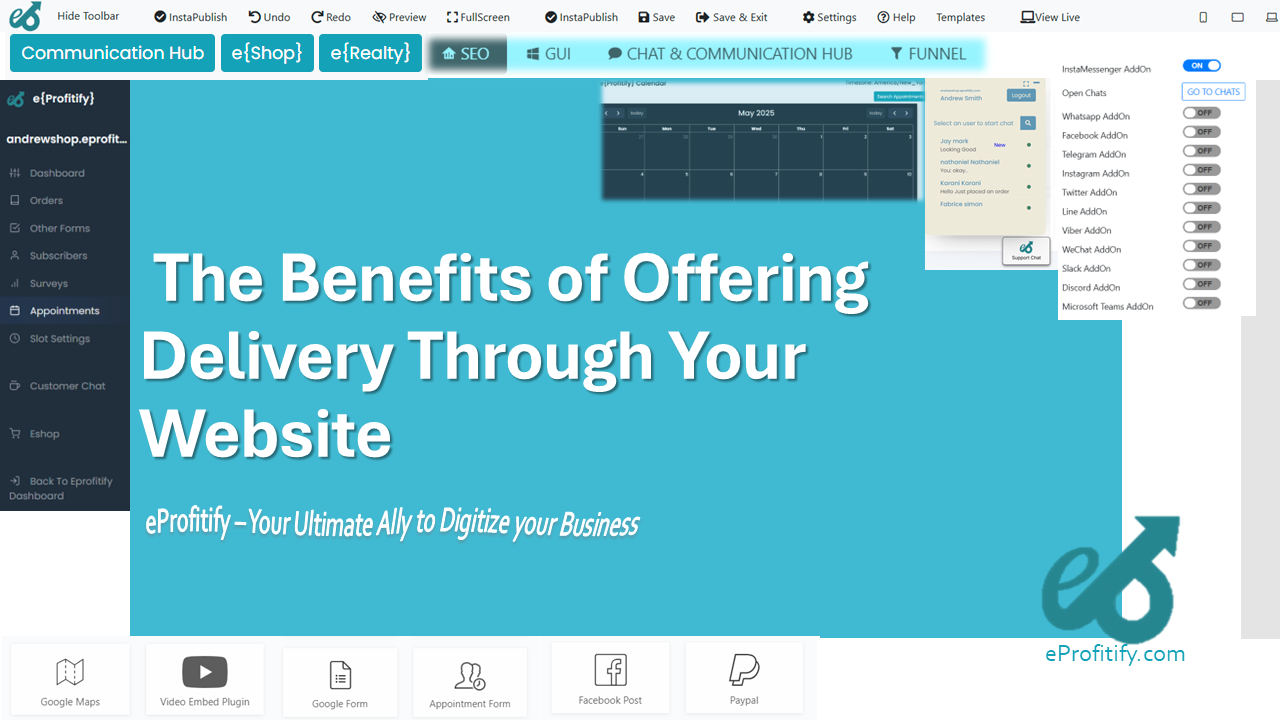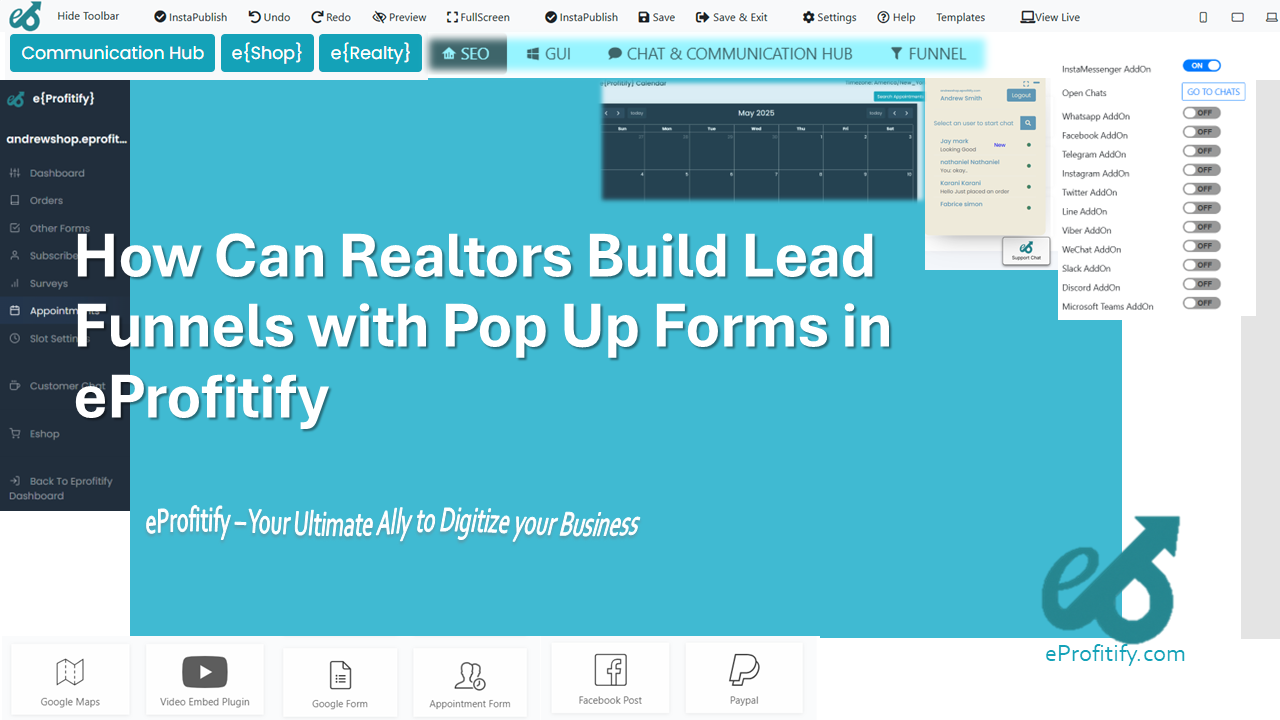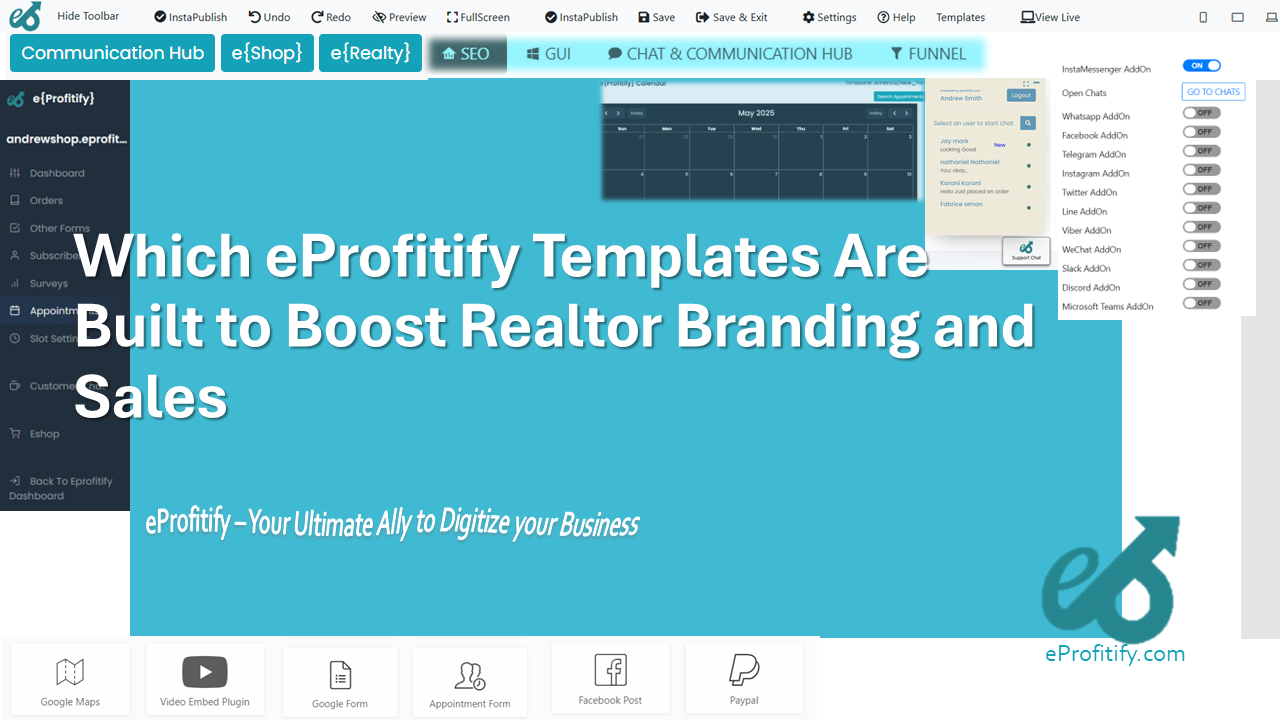How to Come Up With a Business Name That Stands Out
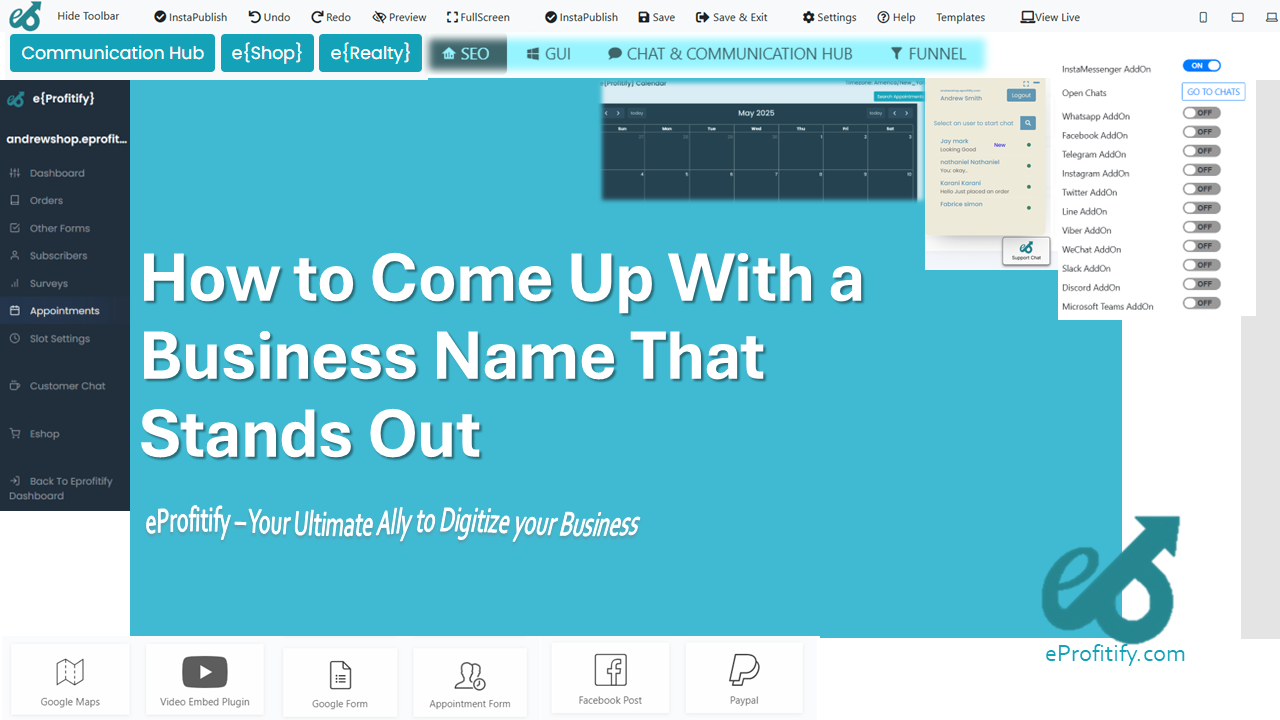
Schedule a LIVE Zoom call with an eProfitify Expert.
How to Come Up With a Business Name That Stands Out
Choosing a business name is a critical first step in establishing your brand identity. A strong name not only differentiates you from competitors but also builds trust, drives recall, and lays the foundation for your company’s story. Studies show that 77% of consumers rely on brand names to guide purchasing decisions, underscoring the importance of getting it right. Here’s a step-by-step guide to creating a memorable, impactful business name, supported by data and insights.
1. Start with Brainstorming & Keyword Research
Begin by listing keywords related to your industry, mission, or unique value proposition. Tools like Google Keyword Planner or SEO platforms can identify terms your audience searches for. For instance, 50% of businesses with keyword-rich names report higher brand recognition, as these terms improve search visibility. Integrate these keywords creatively—avoid generic choices like “Quality Solutions LLC” and focus on distinctive options (e.g., “EcoBloom” for a sustainable gardening brand).
2. Prioritize Simplicity & Memorability
Short, simple names are more likely to stick. Research by Markletic reveals that 72% of top-performing brands have names under 10 characters (e.g., “Zoom” or “Slack”). Avoid complex spellings or jargon. Test your name’s ease of pronunciation and recall with a small audience to ensure it resonates.
3. Check Domain and Social Media Availability
Securing a matching domain and social handles is non-negotiable in the digital age. With 366.8 million domains registered globally (2023), finding a “.com” can be challenging but worthwhile—33% of consumers perceive “.com” sites as more credible. Use platforms like Namecheap to check availability. If your exact name isn’t available, consider modifiers (e.g., “GetEcoBloom.com”). Tools like Namechk can verify social media handle availability, as 58% of consumers prefer brands with consistent usernames across platforms.
4. Conduct Cultural & Linguistic Checks
Avoid unintended meanings by researching your name’s translation in other languages. For example, Chevrolet’s “Nova” struggled in Spanish-speaking markets, where “no va” means “doesn’t go.” Similarly, ensure the name aligns with cultural norms to prevent backlash.
5. Trademark Search
Legal conflicts can derail your brand early. Approximately 12% of startups face trademark disputes in their first year, often resulting in costly rebrands. Use the USPTO database or tools like Trademarkia to verify availability.
Building Your Brand with eProfitify
Once you’ve settled on a name, establishing an online presence is next. This is where eProfitify, a leading website publishing and management platform, streamlines the process. Its integrated tools let businesses:
- Launch Professional Websites: Create SEO-optimized sites quickly, aligning with your brand name’s identity.
- Manage Customer Relationships (CRM): Track interactions and automate follow-ups, boosting retention. Brands using CRM tools report 60% higher customer retention rates.
- Ecommerce Integration: Sell products directly through your site with secure payment gateways.
- Appointment Scheduling: Simplify bookings with automated reminders, reducing no-shows by up to 30%.
- Instant Messaging: Engage customers in real-time, a feature 68% of users expect from modern brands.
eProfitify’s all-in-one platform eliminates the need for multiple tools, enabling faster scaling. Companies using such platforms reduce setup time by 40% and improve cross-team collaboration.
Final Tips
- Test Your Name: Conduct surveys or A/B tests to gauge audience reaction.
- Think Long-Term: Ensure the name adapts to future products or markets.
- Act Fast: Secure domains and social handles immediately to avoid squatting.
A standout business name, combined with robust tools like eProfitify, positions your brand for visibility, credibility, and growth. By following data-backed strategies and leveraging technology, you’ll create a lasting impression in a crowded marketplace.

